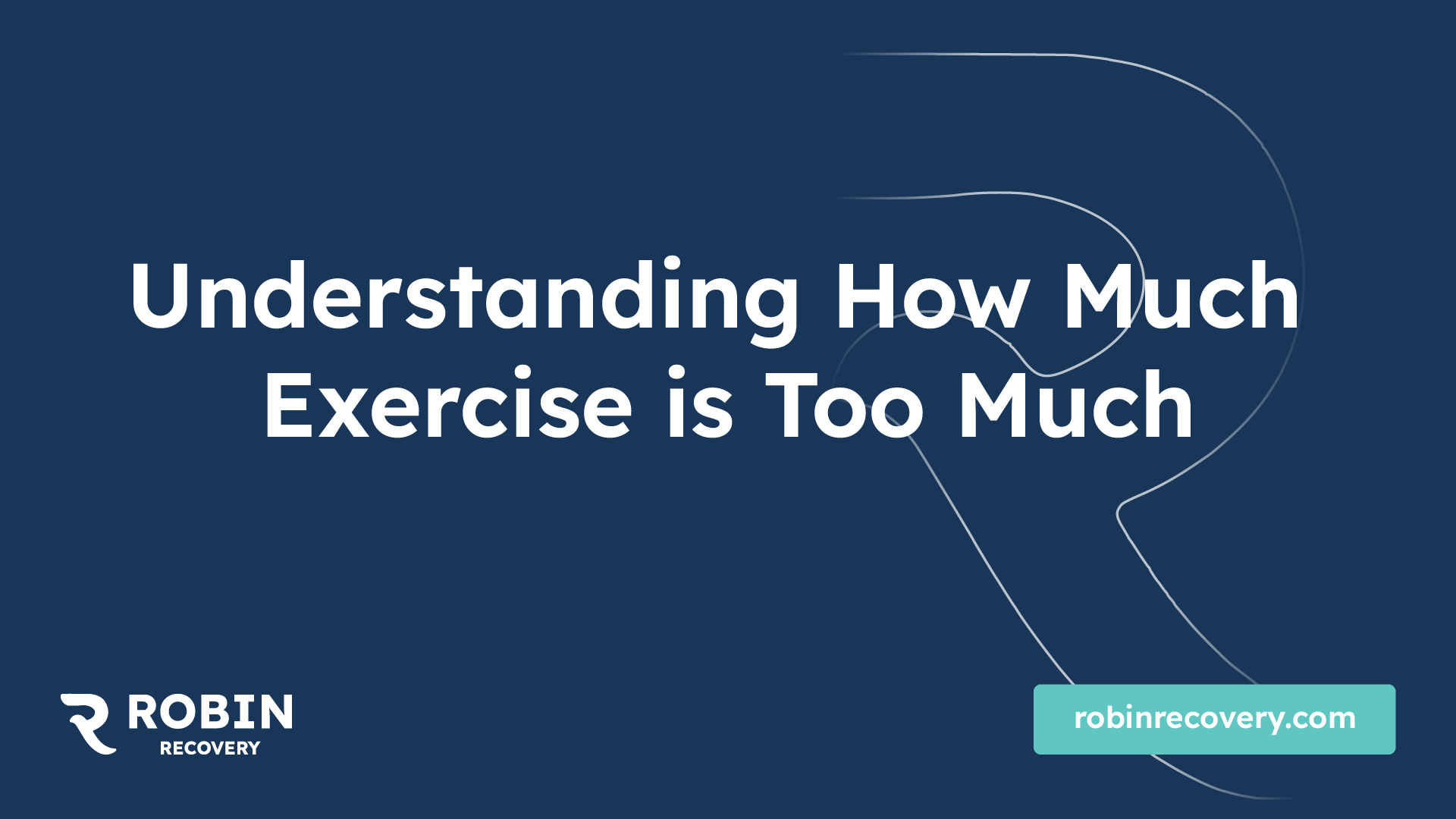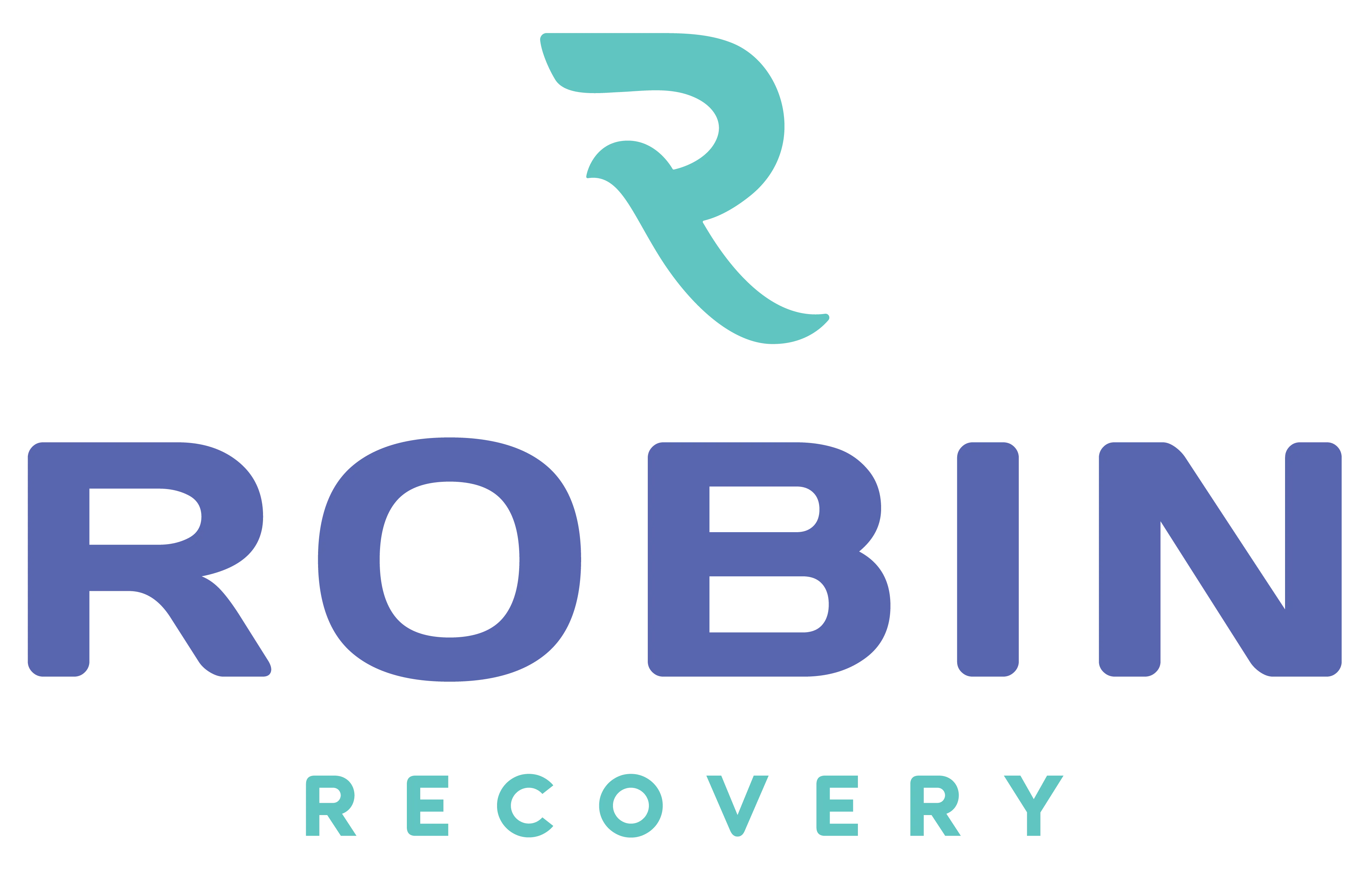Exercise and Health
Impact of Physical Inactivity
Physical inactivity is a significant public health concern globally. Individuals who do not engage in sufficient physical activity have a 20% to 30% increased risk of death compared to those who are sufficiently active WHO. This is particularly alarming given the growing trend of sedentary lifestyles, where people spend excessive amounts of time sitting, which further exacerbates health issues.
Research indicates that physical inactivity is linked to various health risks, including heart disease, type 2 diabetes, and certain types of cancer. It also contributes to early death. Regular physical activity can mitigate these risks, making it essential for overall health and well-being. Individuals can enhance their quality of life by incorporating movement into their daily routines.

Global Physical Activity Trends
A concerning statistic from the World Health Organization shows that nearly one third (31%) of the global adult population, approximately 1.8 billion adults, do not meet the recommended levels of physical activity. This statistic reflects that they are not achieving at least 150 minutes of moderate-intensity physical activity per week. Alarmingly, this figure has risen by 5 percentage points between 2010 and 2022. Projections suggest that if this trend continues, by 2030, the percentage of physically inactive adults could rise to 35% WHO.
YearPercentage of Inactive Adults201026%202231%Projected for 203035%
The importance of engaging in consistent physical activity is underscored by the recommendations from health organizations. The US Department of Health and Human Services advises that most adults should participate in physical activities several times a week, including both aerobic exercises and muscle-strengthening activities. However, these guidelines may not be appropriate for everyone, particularly those with injuries, chronic conditions, or illnesses.
Being active not only supports physical health but also improves mental well-being. Regular exercise can enhance mental clarity, mood, and sleep quality, making daily tasks easier to perform American Heart Association.
Finding the Right Balance
The quest for a healthy lifestyle often leads individuals to question, "how much exercise is too much?" Finding the right balance of physical activity is essential. Guidelines from reputable organizations such as the World Health Organization (WHO) provide valuable insights on this subject.
WHO Guidelines on Physical Activity
The WHO Global guidelines on physical activity and sedentary behaviour outline specific recommendations for different age groups, emphasizing the importance of regular physical activity to improve health and minimize risks. The guidelines encourage all individuals to limit sedentary behavior and engage in a variety of physical activities, suggesting that any amount of physical activity is better than none.
For adults, the WHO recommends:
Age GroupRecommended Physical ActivityAdults (18-64 years)At least 150 minutes of moderate-intensity aerobic activity per week or 75 minutes of vigorous-intensity activityOlder Adults (65 years and above)The same as above, plus exercises that enhance balance and prevent falls
Physical activity should also include muscle-strengthening exercises on two or more days a week. Emphasizing muscle strengthening benefits everyone, not just athletes.
Importance of Muscle Strengthening
Muscle strengthening plays a critical role in maintaining overall health and functionality. Engaging in strength-building activities helps to improve muscle mass, enhance metabolic rate, and support bone health. The U.S. Department of Health and Human Services suggests that adults should incorporate muscle-strengthening activities into their routine several times a week [1].
The advantages of muscle strengthening exercises include:
Weight training, resistance exercises, and body-weight workouts are excellent options to fulfill muscle-strengthening recommendations. For those who may not be able to engage in extensive exercises due to various conditions, it's crucial to consult with a healthcare provider for tailored recommendations.
By adhering to WHO guidelines and recognizing the importance of muscle strengthening, individuals can create a balanced and safe exercise routine while being mindful of the question, "how much exercise is too much?" This approach not only promotes physical health but also contributes positively to mental and emotional well-being.
Overtraining Risks
Overtraining can have significant negative effects on an individual's performance and overall well-being, stemming from excessive training without proper recovery. Recognizing the signs of overtraining is crucial for anyone involved in physical activities.
Signs of Overtraining
Identifying the symptoms of overtraining can help individuals take the necessary steps to protect themselves. Training-related signs include:
Training-Related SignsHealth-Related SignsDifficulty pushing oneself during workoutsIncreased susceptibility to infections or illnessDecreased performance levelsChanges in body weightLack of enthusiasm for workoutsMood disturbances, such as irritability or anger
These signs indicate a potential imbalance in the body, suggesting the need for changes in training routines. On the most serious end, overexercising can lead to rhabdomyolysis, a condition where damaged muscle tissue is released into the bloodstream, potentially causing damage to vital organs. Symptoms of this condition include dark urine resembling cola, which requires immediate medical attention [3].
Recovery from Overtraining
Recovering from overtraining involves a multifaceted approach. Rest is essential, with some individuals requiring weeks or even months off from intense training to regain their strength [4]. Recovery strategies include:
As recovery progresses, it is important to gradually return to training under the guidance of a medical professional or coach. Initially, training volume may need to be reduced by 50 to 60 percent, with incremental increases of about 10 percent each week [4]. Listening to one's body and balancing exertion with rest are crucial to preventing a recurrence of overtraining.
Strategies to help avoid overtraining include maintaining a training log to track workouts, ensuring adequate hydration, managing stress levels, and seeking help from mental health professionals if needed [4]. Adopting these measures can lead to a sustainable exercise routine that promotes health without risking the dangers of overexercising.
Too Much Exercise Warning Signs
Understanding the signs and effects of overexercise is crucial in maintaining a healthy fitness routine. Recognizing these warning signs can help prevent detrimental health outcomes.
Symptoms of Excessive Exercise
Overexercising can lead to both mental and physical symptoms. Common indicators include:
SymptomDescriptionFatiguePersistent tiredness that rest does not alleviate.Mood ChangesIncreased irritability, anger, or depression.Sleep DisturbancesDifficulty falling or staying asleep.Increased Heart RateElevated resting heart rate even when at rest.Injury RiskHigher likelihood of injuries such as stress fractures or muscle strains.
Short-term effects can significantly impact mood and daily functioning. Athletes often report a lack of enjoyment in their training sessions as one of the first signs of excess exercise [1].
Effects of Overexercising on the Body
The consequences of overtraining extend beyond immediate discomfort. Long-term effects can be serious:
Long-Term EffectDescriptionKidneys and Heart DamageExcessive strain on these organs can lead to life-threatening conditions.RhabdomyolysisRelease of damaged muscle tissue into the bloodstream can cause complications, including dark urine [3].Loss of MenstruationParticularly common in women, attributed to hormonal imbalances.Early Onset OsteoporosisIncreased fragility of bones, risking fractures.Decreased Sex DriveCan affect both men and women due to hormonal changes.Compromised Immune SystemHigher susceptibility to illnesses and infections.
Recognizing these signs of excessive exercise is vital for maintaining not only physical health but also overall well-being. If anyone experiences these symptoms, consulting a healthcare professional or reevaluating their fitness routine may be necessary. For additional information, explore topics related to national eating disorders awareness week and what is disordered eating?.
Striking a Healthy Balance
Finding the right amount of exercise is crucial for maintaining good health while avoiding the pitfalls of overexercising. This section outlines the exercise recommendations for adults and highlights the benefits of consistent physical activity.
Exercise Recommendations for Adults
The U.S. Department of Health and Human Services has established clear guidelines to help adults determine how much physical activity is necessary for optimum health. These recommendations include:
For further health benefits, aiming for 300 minutes or more of moderate aerobic activity each week is ideal. Even small amounts of physical activity can yield benefits, and shorter sessions accumulate health rewards.
Additionally, it is crucial for adults to engage in strength training exercises targeting all major muscle groups at least twice a week. One set of each exercise, using weights or resistance that fatigues the muscles after about 12 to 15 repetitions, is sufficient.
Type of ActivityDurationFrequencyModerate Aerobic150 minutesWeeklyVigorous Aerobic75 minutesWeeklyStrength Training2 sessionsWeekly
Benefits of Consistent Physical Activity
Participating in regular physical activity provides numerous health benefits, including:
Individuals who establish a regular routine of physical activity not only improve their physical health but also enhance their mental and emotional well-being. Recognizing the importance of striking a healthy balance in their exercise regimen is critical to preventing burnout and maintaining long-term fitness. For more insights on overtraining symptoms, please explore our section on how to assess overtraining risks.
Understanding Overtraining Syndrome
Overtraining syndrome (OTS) is a condition that arises when an individual engages in excessive physical activity without allowing sufficient time for recovery. This relentless pursuit of fitness can have detrimental effects on both physical and mental health. Understanding the causes, symptoms, and theories surrounding OTS can help individuals identify and prevent this condition.
Causes and Symptoms
The primary cause of overtraining syndrome is repetitive, strenuous training without adequate recovery. This can result in fatigue, decreased performance, and overall difficulty in workouts, as noted by Hospital for Special Surgery.
Common symptoms associated with overtraining include:
SymptomsDescriptionFatiguePersistent tiredness and low energy levelsMood SwingsRapid changes in mood, including irritabilityMental FogDifficulty concentrating, often described as unclear thoughtsDecreased PerformanceNoticeable drop in athletic performanceInsomniaTrouble falling or staying asleepIncreased InjuriesFrequent injuries due to lack of recovery
Over-exercising combined with inadequate caloric intake can also affect stress hormone levels, leading to mental fog, mood swings, and even depression [1].
Hypotheses on OTS Etiology
Several hypotheses have been proposed to explain the etiology of overtraining syndrome. These include the following:
Full recovery from OTS may require weeks or even months away from training, which can be arduous for athletes who focus heavily on their training [4]. Effective recovery approaches include proper nutrition, mental health support, and a gradual reintroduction to exercise under professional guidance.
References
[2]:
[3]:
[4]:
[5]:
[6]:

.svg)

.svg)

.svg)
.svg)






































































































